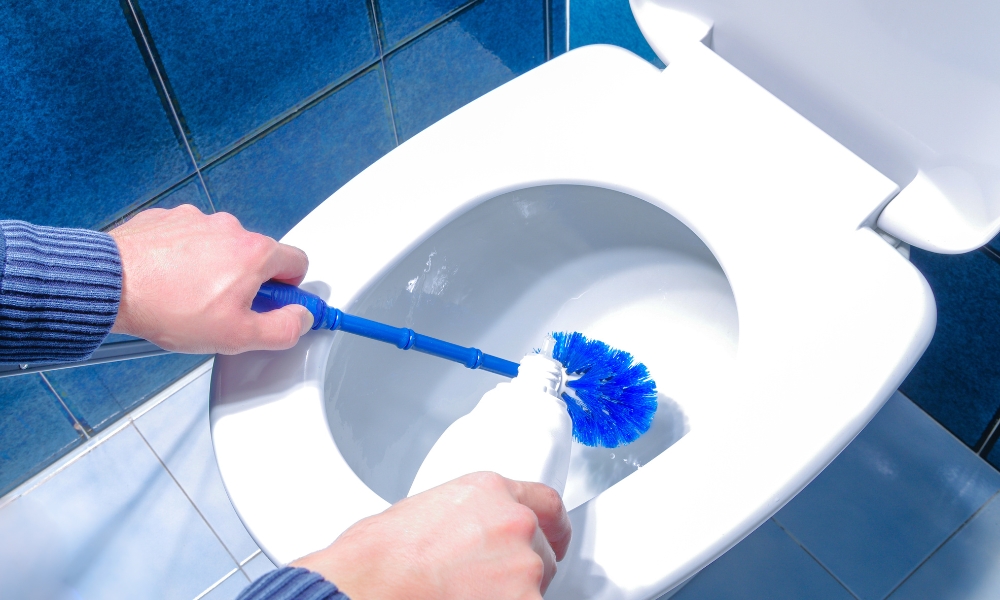Maintaining bathroom hygiene is essential, and understanding how often to change your toilet brush plays a crucial role in this. A toilet brush is a tool that comes into direct contact with some of the most germ-laden areas in your home. Over time, it accumulates bacteria and other harmful microorganisms, which can pose health risks if not addressed properly. To ensure optimal cleanliness and prevent the spread of germs, it’s important to know how often to change your toilet brush. Regular replacement of this essential cleaning tool can significantly contribute to a healthier and more hygienic living environment.
What Is A Toilet Brush?
A toilet brush is a specialized cleaning tool designed to scrub the interior surfaces of a toilet bowl. Typically consisting of a long handle and a round bristle head, it allows users to reach into the bowl’s contours and under the rim, ensuring thorough cleaning. The bristles are usually made from durable materials such as plastic or nylon, which can withstand repeated use and exposure to cleaning chemicals. This simple yet effective tool is a staple in maintaining bathroom hygiene, helping to remove stains, mineral deposits, and other residues that regular flushing cannot eliminate.
Why Regular Toilet Brush Maintenance Is Essential
Regular toilet brush maintenance is essential for several reasons. Firstly, a well-maintained brush ensures that it remains effective in cleaning the toilet bowl, reducing the need for harsh chemicals that can damage plumbing. Secondly, consistent maintenance, including thorough rinsing and drying after each use, helps to extend the lifespan of the brush, saving money over time. Most importantly, regular maintenance minimizes the risk of spreading germs and bacteria. A clean and properly stored toilet brush is less likely to harbor harmful pathogens, contributing to a healthier bathroom environment for everyone in the household.
Germ And Bacteria Buildup
Toilet brushes are constantly exposed to a high-germ environment, making them susceptible to significant germ and bacteria buildup. Each use of the brush transfers microorganisms from the toilet bowl to the bristles, where they can thrive in the damp conditions. If not properly cleaned and replaced regularly, these bacteria can multiply, leading to potential health hazards. In particular, pathogens like E. coli and Salmonella can linger on the brush and spread to other surfaces or hands, increasing the risk of infection. Therefore, understanding how often to change your toilet brush is crucial in preventing bacterial growth and maintaining a sanitary bathroom.
Impact On Overall Bathroom Hygiene
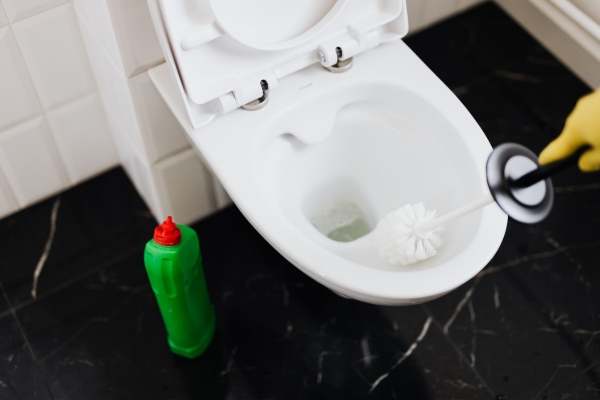
The condition of your toilet brush significantly impacts overall bathroom hygiene. A dirty or worn-out brush can become a breeding ground for harmful bacteria, which can then be spread throughout the bathroom with each use. This not only undermines the effectiveness of your cleaning efforts but also poses a health risk to household members. A well-maintained and regularly replaced toilet brush helps ensure that your bathroom remains a clean and sanitary environment. Proper toilet brush care, combined with regular bathroom cleaning routines, plays a vital role in preventing the spread of germs and maintaining a hygienic space.
General Guidelines For Replacing Your Toilet Brush
Following general guidelines for replacing your toilet brush can greatly enhance bathroom hygiene. It is recommended to replace your toilet brush every six months, or sooner. If you notice wear and tear such as frayed bristles or persistent odors. Additionally, it’s crucial to clean the brush after each use by rinsing. It with hot water and disinfecting it with a suitable cleaner. Allowing the brush to dry completely between uses can also help prevent bacterial growth. By adhering to these guidelines, you ensure that your toilet brush remains an effective tool in maintaining a clean and hygienic bathroom.
Different Types Of Toilet Brushes And Their Lifespan
1. Traditional Bristle Brushes
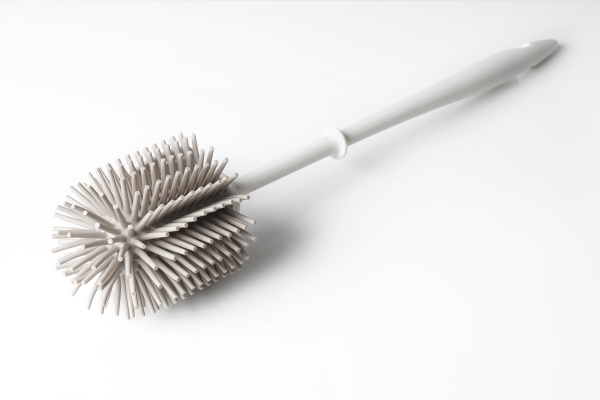
Traditional bristle brushes are the most common type of toilet brush, featuring a handle with a head of stiff bristles. These brushes are effective at scrubbing away stains and reaching under the toilet rim. However, they tend to accumulate bacteria and wear out relatively quickly. On average, a traditional bristle brush should be replaced every three to six months, depending on usage and maintenance. Proper cleaning and drying after each use can slightly extend their lifespan but replacing them regularly is crucial for maintaining hygiene.
2. Silicone Brushes
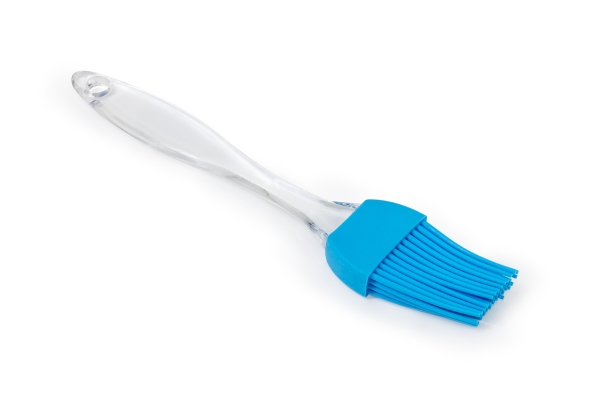
Silicone brushes are a modern alternative to traditional bristle brushes. Featuring flexible silicone bristles that are less likely to harbor bacteria. These brushes are easier to clean and dry more quickly, reducing the risk of bacterial buildup. Silicone brushes are also more durable, typically lasting up to a year with regular use. Their non-stick properties make them less prone to retaining debris, which helps in maintaining better overall hygiene. However, they should still be inspected regularly and replaced if any signs of wear appear.
3. Electric Toilet Brushes
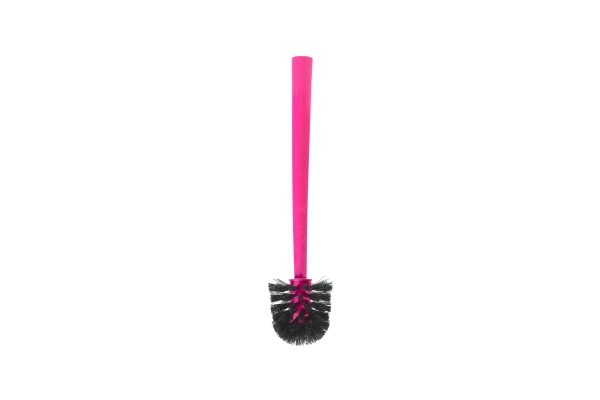
Electric toilet brushes offer a convenient and efficient cleaning solution, with motorized heads that provide thorough scrubbing with minimal effort. These brushes often come with replaceable heads, which should be changed every three to six months, similar to traditional brushes. The handle and motorized parts can last much longer, provided they are kept dry and clean. Regular maintenance and following manufacturer guidelines for replacement heads ensure. That electric toilet brushes remain effective and hygienic tools in bathroom cleaning routines.
Conclusion
Choosing the right type of toilet brush and knowing when to replace it are essential steps in maintaining bathroom hygiene. Traditional bristle brushes, silicone brushes, and electric toilet brushes each offer distinct advantages and have different lifespans. Regular replacement and proper maintenance of your chosen toilet brush type help prevent. The buildup of harmful bacteria, ensuring a cleaner and healthier bathroom environment. By staying vigilant about the condition of your toilet brush. You can significantly contribute to the overall hygiene and safety of your home.
